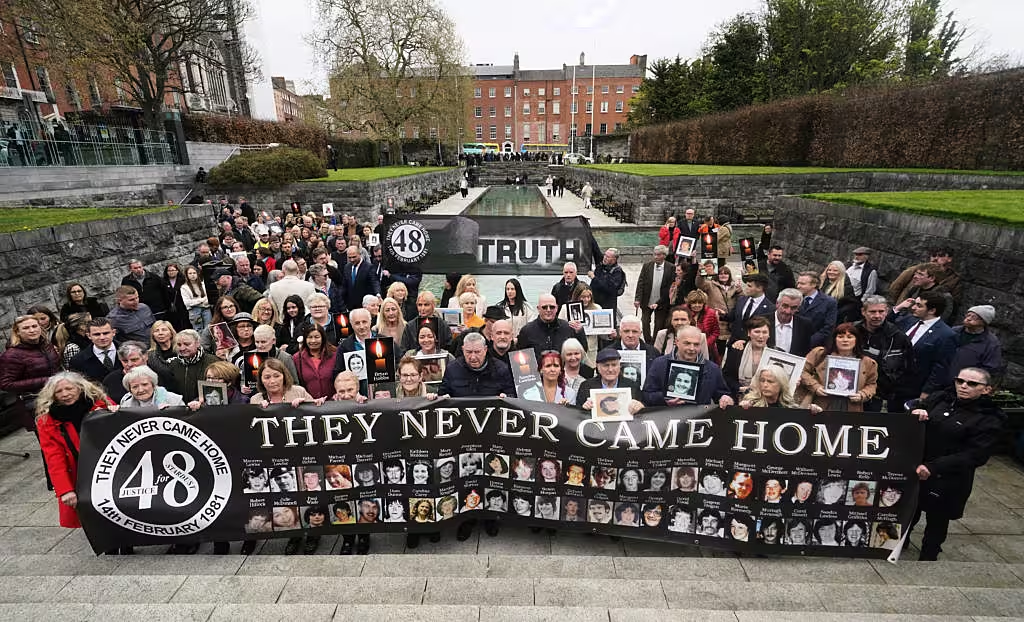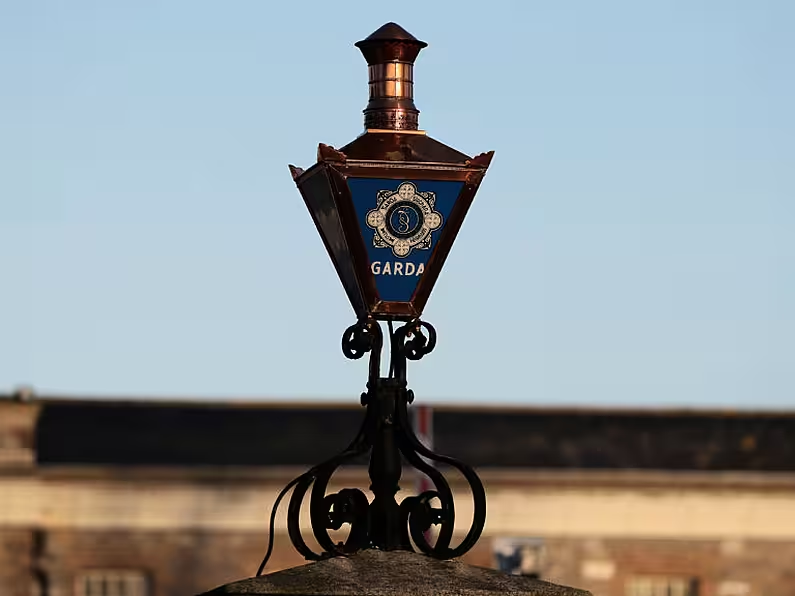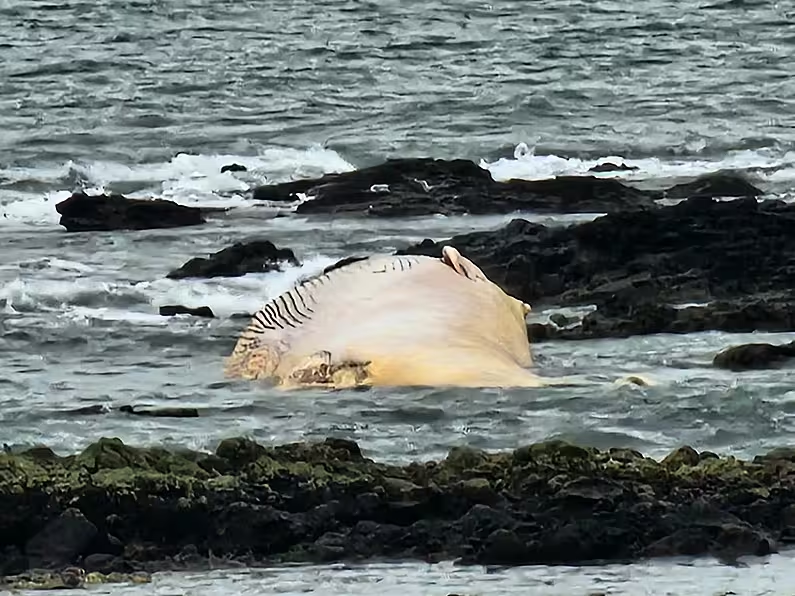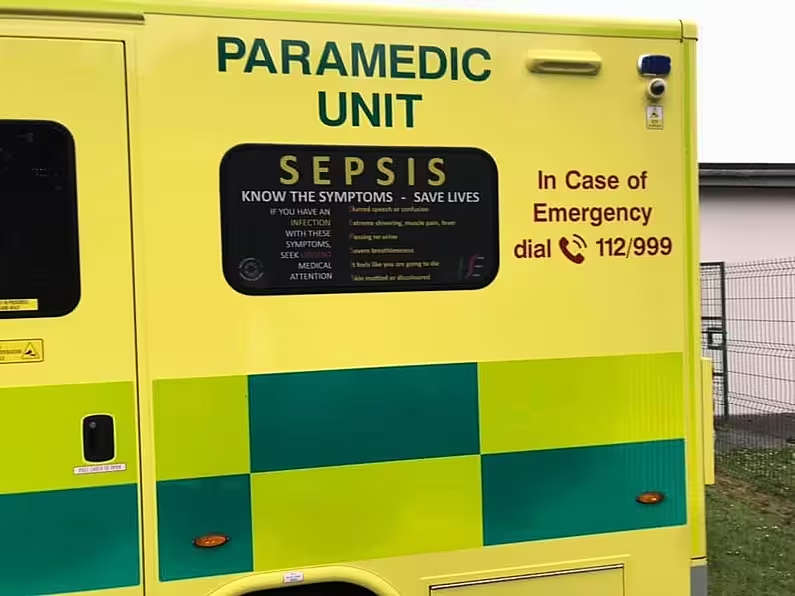Ryan Dunne and Fiona Magennis
Updated: 3.45pm. Additional reporting by PA.
Over four decades after the biggest fire disaster in the history of the State, an inquest jury has found that all 48 of the young people who died at the Stardust nightclub were unlawfully killed.
After deliberating over 11 days, the panel of seven women and five men returned to the Pillar Room at the Rotunda Hospital on Thursday afternoon to deliver their majority findings and verdicts to Coroner Dr Myra Cullinane.
The 48 young people, aged between 16 and 27, lost their lives when a fire consumed the Artane venue in the early hours of February 14th, 1981.
There was an eruption of applause followed by tears from the families and loved ones of the victims, who packed the Dublin District Coroner’s Court as the verdict was returned, with the verdict of unlawful killing applying to all 48 of the victims.
In their findings, the jury said they were able to establish the cause of the fire as being an electrical fault in the hot press of the dispense bar in the Stardust.
They said it was not possible to establish the time at which the fire commenced, but they found that the fire was first seen outside the building between 1.20am and 1.40am, and was first seen inside the ballroom between 1.35am to 1.40am.
The jury also returned a finding that factors contributing to the spread of the fire included the covering on the seats, the height of the ceiling in the west alcove, and the carpet tiles on the walls.

They said that they were able to establish that those who died were impeded in their escape from the burning building by the lack of staff preparedness.
The jury said they were able to establish that at the time of the fire, a number of emergency exits were either locked, chained or otherwise obstructed, and that this impeded the deceased's ability to exit through the doors.
In answer to the question as to whether any of these factors had caused or contributed to the deaths, the jury replied: “Yes.”
The year-long inquest hearing is the longest in Irish history. Having started in April last year, the inquest has sat for 122 days and heard 95 days of evidence from 373 witnesses.
During the inquest, the jury heard that the fire was first noticed by those in the Stardust Ballroom at around 1.40am on a bank of seating in a partitioned area known as the west alcove.
In her summary of evidence before jury deliberations commenced, Dr Cullinane said patrons were all in agreement that the fire spread rapidly and took over the building suddenly.
Fire investigator Dr Will Hutchinson told the jury that the fire would have been less likely to spread without the presence of carpet tiles on the walls.
Numerous survivors gave evidence during the inquest that there were chains and locks on the exit doors of the Stardust in the weeks preceding the blaze and on the night of the fatal fire.
There were eight exits from the Stardust, of which six were intended to be used as a means of escape during an emergency. These six included five emergency exits and the main entrance.
The inquest heard evidence from survivors who found that Exit Three was "definitely locked", that Exit Four was locked and would not open, and that Exit Five was padlocked.
There was evidence that even the doors of the main entrance, out of which the majority of the survivors escaped, had shut for a period while the fire raged.
Campaign
The jury’s findings come two months after the 43rd anniversary of the Stardust fire.
The fresh inquests were directed by then Attorney General Seamus Woulfe in September 2019 following a tireless decades-long campaign by the families and loved ones of the deceased.
The original Stardust fire inquests, which took place in March 1982, lasted just five days, with the findings confined to the medical cause of death in respect of each deceased. There was no reference to the surrounding circumstances, such as the cause of the fire.
Before their deliberations began, Dr Cullinane told the jury that they must determine the identity, date and place of death and the circumstances surrounding the death of each of the 48 people who lost their lives when fire consumed the Stardust nightclub in the early hours of Valentine’s Day, 1981.
Dr Cullinane informed the panel that the verdicts they could return were accidental death, death by misadventure, an open verdict, a narrative verdict and unlawful killing.
The coroner said the latter was markedly different from the other four and if the jury returned this verdict, they had formed the view that the law had been broken in a serious fashion.
They were told that the standard of proof for an unlawful killing verdict was beyond reasonable doubt, while the standard for the other verdicts was the balance of probabilities.
'Persistence & commitment'
Following the delivery of the verdicts, Dr Cullinane paid tribute to the “persistence and commitment” of the families who had campaigned for the fresh inquests.
“To the families, I acknowledge the deaths of these 48 young people is a source of ongoing grief to those who loved them, and it remains the defining loss of their lives,” she said.
“However, I hope that family members will have taken some solace from the fact that these fresh inquests were held, that the facts surrounding the deaths were examined in detail, that moving testimony was heard from many of those involved in the events of the night and, most importantly, that you, the families, felt fully involved in proceedings, however difficult it was to hear all of the evidence.
“The fact that these inquests have been held at all is in no small part due to the persistence and commitment of families over the years.
“And, finally, we remember those 48 young people who lost their lives on that fateful night. It is their lives that we’ve sought to vindicate by way of these inquests.”
One member of the jury became visibly emotional.
The coroner thanked the jury for their service, stating that “the passing of years hasn’t diminished the horror of some of the evidence that you have heard”.
At that point, the families of the victims stood up in unison and applauded the jury members at length, with one person shouting “thank you”.
'Relentless pursuit of truth and accountability'
Following the verdicts, Taoiseach Simon Harris also paid tribute to the families: "For over four decades, the families of the victims have carried the weight of this tragedy with unwavering strength and dignity.
"Their relentless pursuit of truth and accountability, their profound commitment to justice, even in the face of overwhelming challenges and setbacks, was not only a fight for their loved ones but a campaign to ensure that such a disaster never happens again."
He said the tragedy was "one of the darkest moments in our history", adding: "Today we remember the 48 people who lost their lives, all those who were injured, and all those whose lives were marked forever by the tragedy."
He said the Government will now consider the verdicts and recommendations of the jury in full, extending his thanks to Dr Cullinane, her team and the jurors.
"48 young people never came home that night, but as Taoiseach I want to say this to their families; You never gave up on justice for them, you never let Ireland forget about them. They were never alone, and our country owes you a great debt for that," Mr Harris added.












